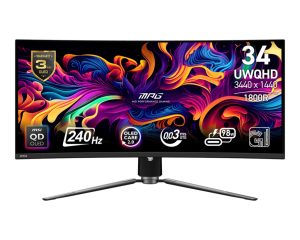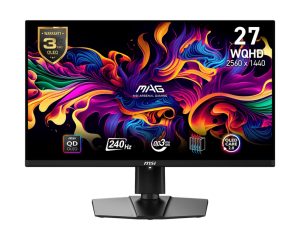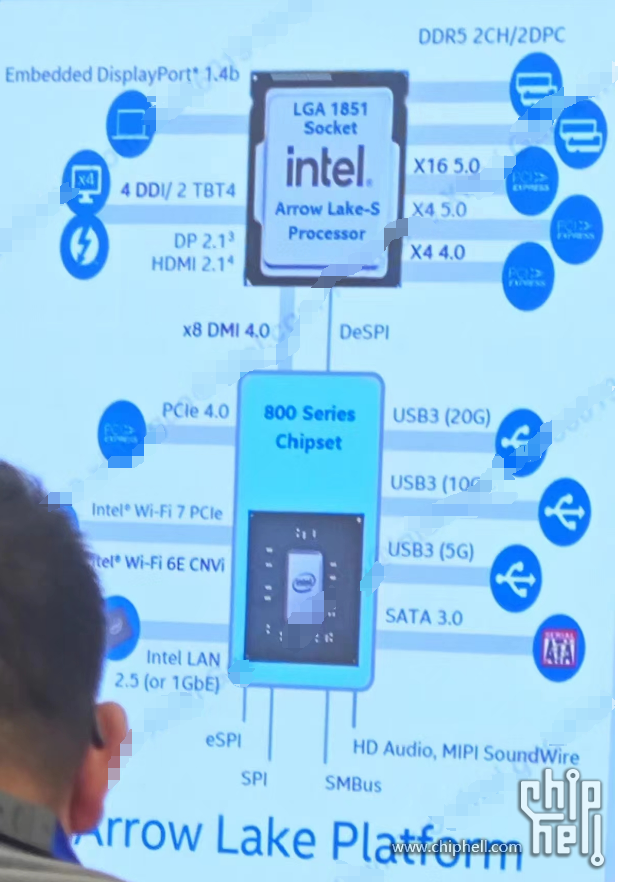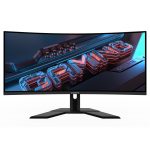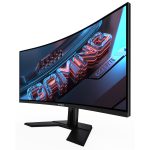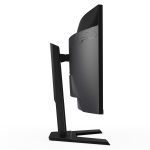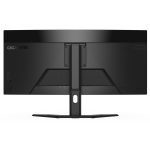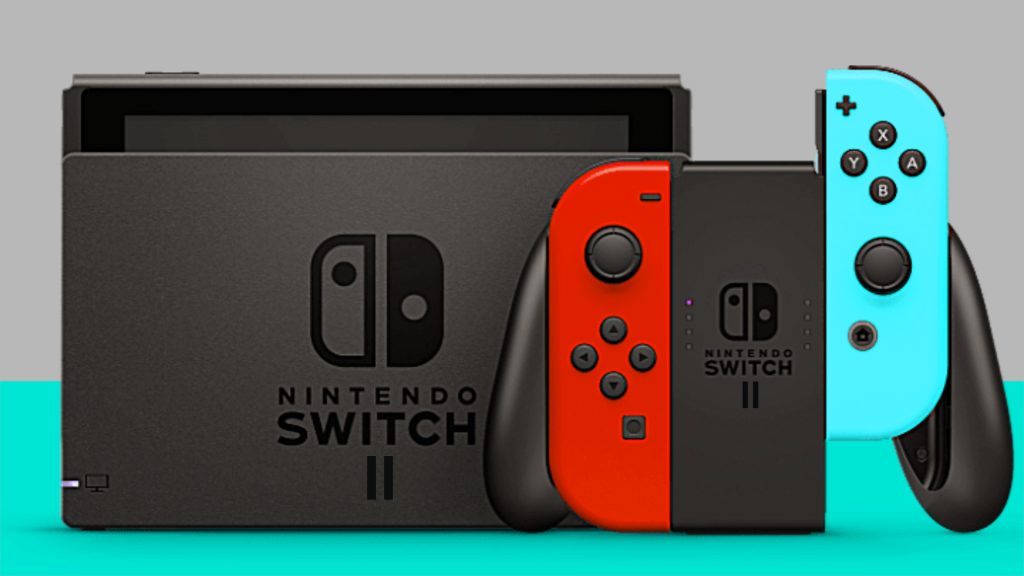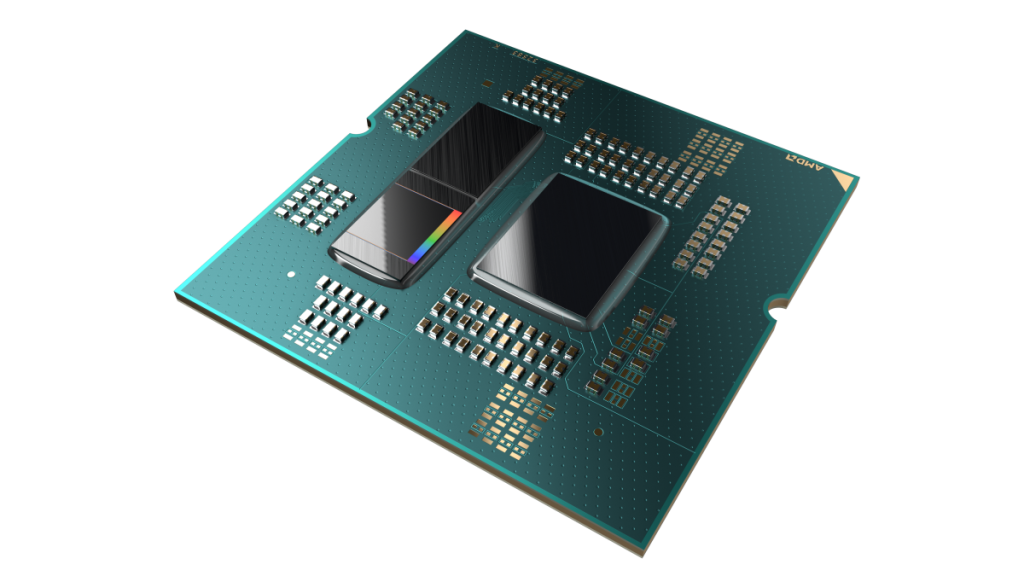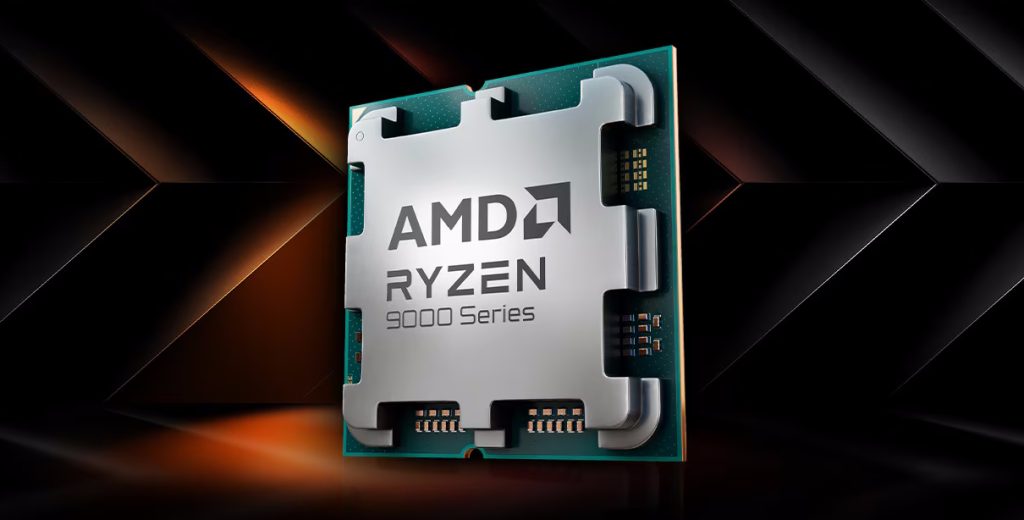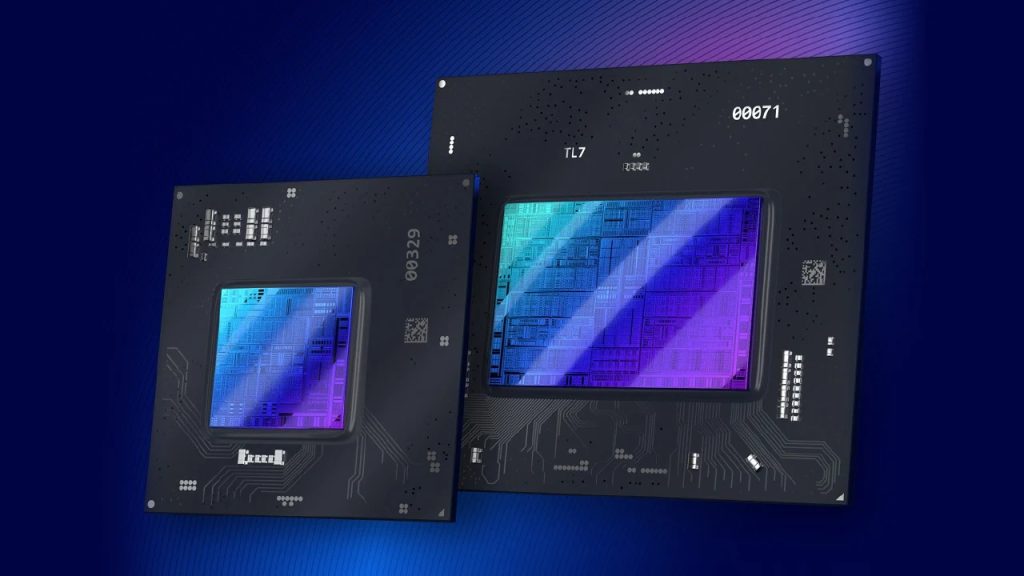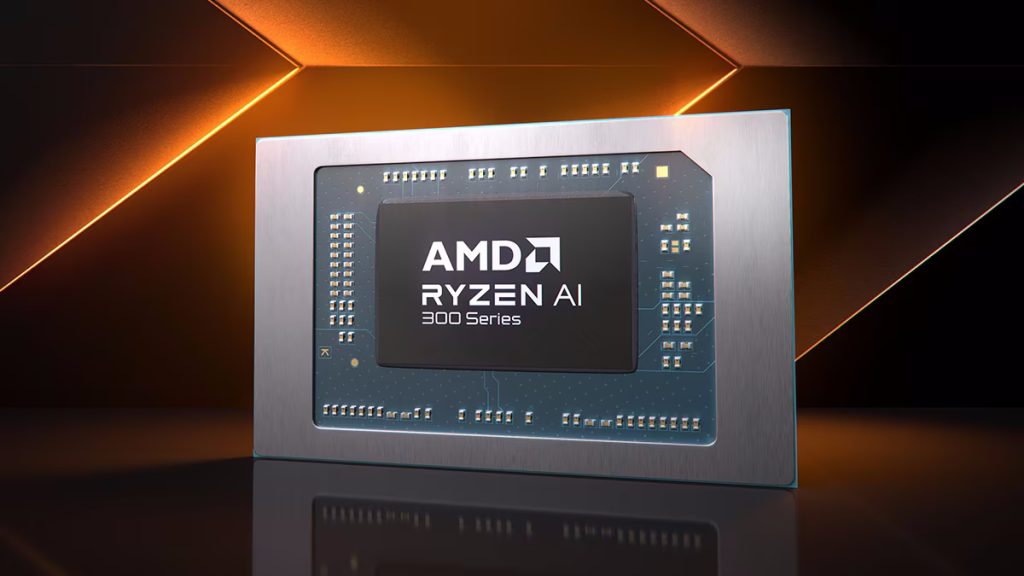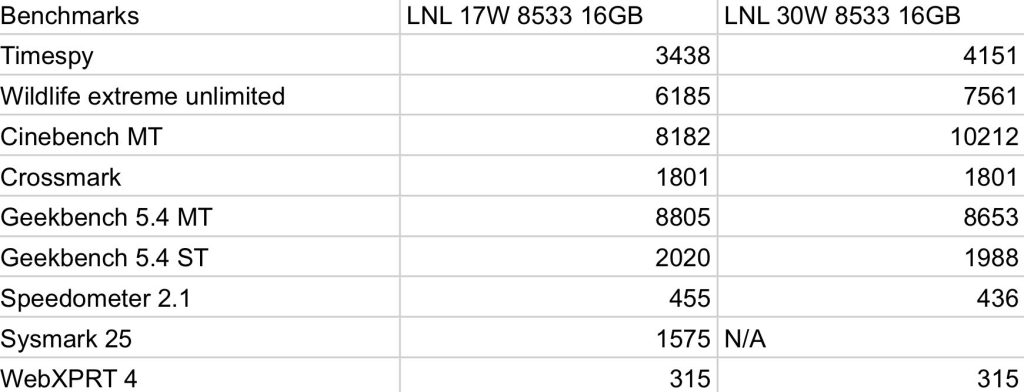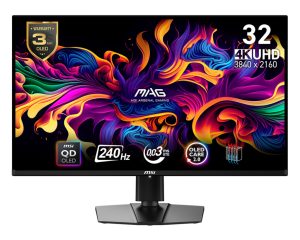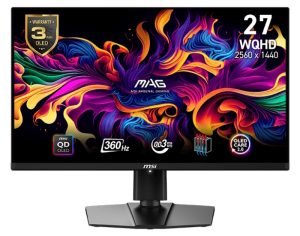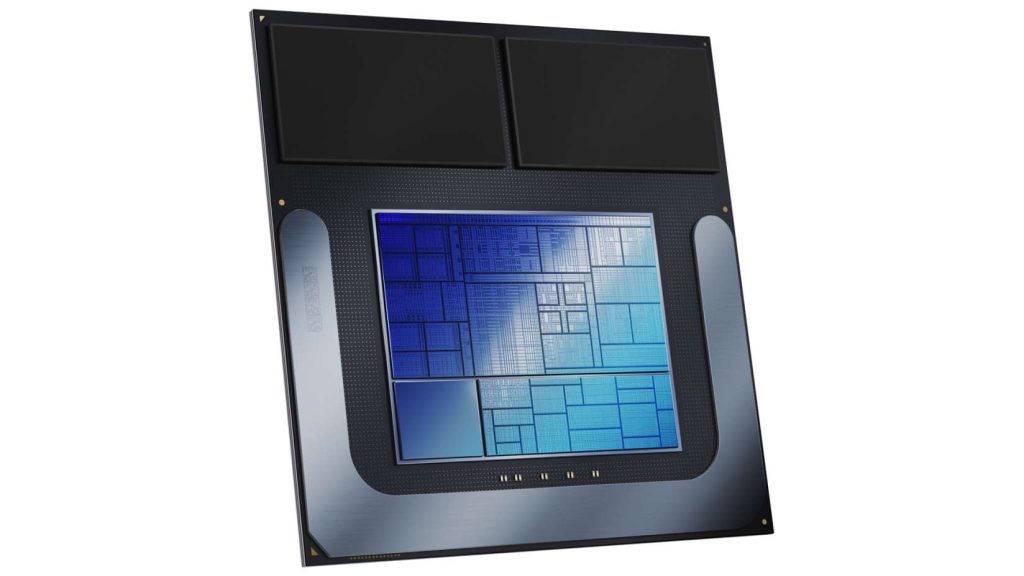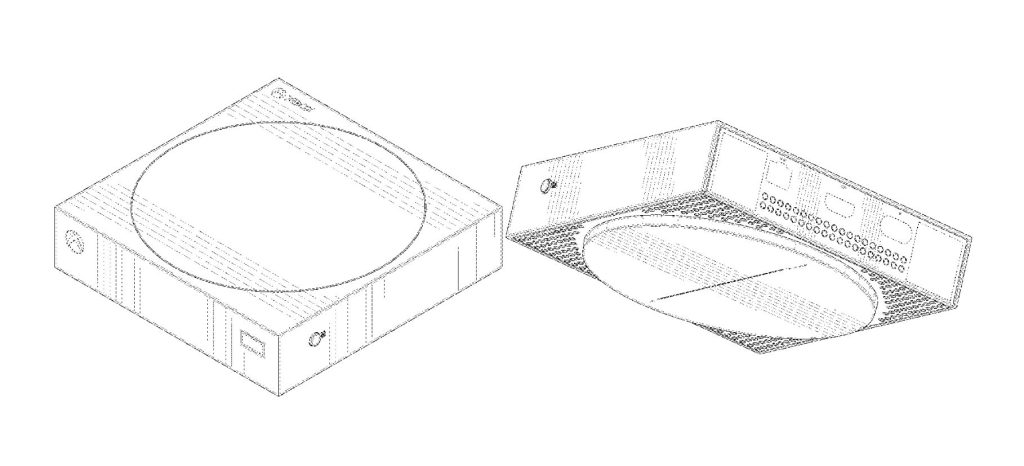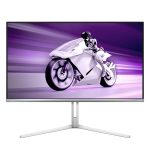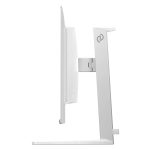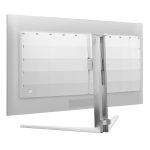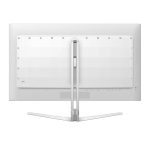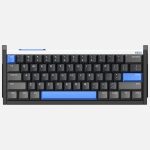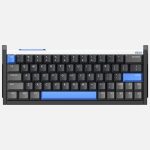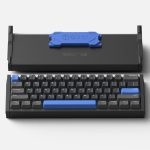Noctua unveils 2nd Gen NH-D15 CPU cooler
Noctua has finally unveiled its highly anticipated NH-D15 G2 next-generation flagship CPU cooler along with the NF-A14x25r G2 round-frame 140mm fans. These new G2 models are designed to build upon the success of their predecessors by incorporating various improvements to enhance cooling performance.
The NH-D15 G2 represents a significant upgrade from its predecessor, promising superior silent cooling performance. This is attributed to the inclusion of Noctua's advanced, speed-offset NF-A14x25r fans, eight heat pipes, and asymmetrical fin stacks that have been fine-tuned to complement the new fans.
Notably, the NH-D15 G2 offers increased compatibility with modern motherboards thanks to its offset design that allows it to clear the top PCIe x16 slot. Furthermore, the G2 version features the new Torx-based SecuFirm2+ multi-socket mounting mechanism, complete with the NM-SD1 screwdriver and Noctua's improved NT-H2 thermal compound. The new cooler is backed by a 6-year manufacturer's warranty.
Taking platform-specific optimisation to the next level, the NH-D15 G2 comes in a standard version and two customised variants. The standard NH-D15 G2 is the one-size-fits-all model for your CPU. However, for those who know what they're doing, there are the HBC (High Base Convexity) and LBC (Low Base Convexity) models for processors subjected to full ILM pressure or those with flat surfaces, respectively.
In addition to the NH-D15 G2, Noctua is also introducing the round-frame NF-A14x25r G2 fans, which will be available in single and dual fan packages for those looking to upgrade existing heatsinks. These fans are fine-tuned for push-pull configurations, with a 50rpm speed offset to “minimise acoustic interaction phenomena” for a quieter user experience. Furthermore, Noctua has announced that a square frame version of the NF-A14x25 G2 fan for water cooling radiators and case cooling applications is set to be released in September.
KitGuru says: Have you ever owned a Noctua cooler? Are you planning to get the new NH-D15 G2?
The post Noctua unveils 2nd Gen NH-D15 CPU cooler first appeared on KitGuru.
 (@1usmus)
(@1usmus) 